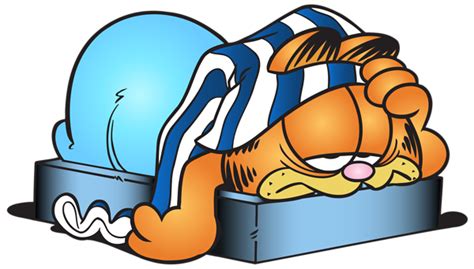
Release excess jaw tension with a Temporalis massage, the fan-shaped muscle on the side of your skull:
- Press 1 or 2 fingers into the muscle and drag them in a circular motion along the outer edges.
- Work your way to the middle.
- Open/close your mouth as you're doing it.
- Press 1 or 2 fingers into the muscle and drag them in a circular motion along the outer edges.
- Work your way to the middle.
- Open/close your mouth as you're doing it.

Your Temporalis is a powerful muscle that closes your mouth and moves your lower face.
Chronic teeth clenching creates a lot of tension that disrupts your jaw joint over time.
Do this massage before bed to relax and slip into a deep sleep, or in the morning if you feel tense.
Chronic teeth clenching creates a lot of tension that disrupts your jaw joint over time.
Do this massage before bed to relax and slip into a deep sleep, or in the morning if you feel tense.
Chronically tense muscles constrict your blood vessels.
This type of release work opens up your arteries and veins, which improves circulation in the area.
You feel the effects fast if you hold a lot of tension up there. Your blood flows freely again.

This type of release work opens up your arteries and veins, which improves circulation in the area.
You feel the effects fast if you hold a lot of tension up there. Your blood flows freely again.
https://twitter.com/Frequenchy/status/1374064591924297730?s=20

Your Temporalis plugs into your brain through the Deep Temporal Nerves. This connection is important to move your jaw and feel the position of your head.
Excess tension in the area impairs the quality of the communication and worsens the clenching.

Excess tension in the area impairs the quality of the communication and worsens the clenching.
https://twitter.com/Undanis/status/1374105922017112066?s=20

• • •
Missing some Tweet in this thread? You can try to
force a refresh
















